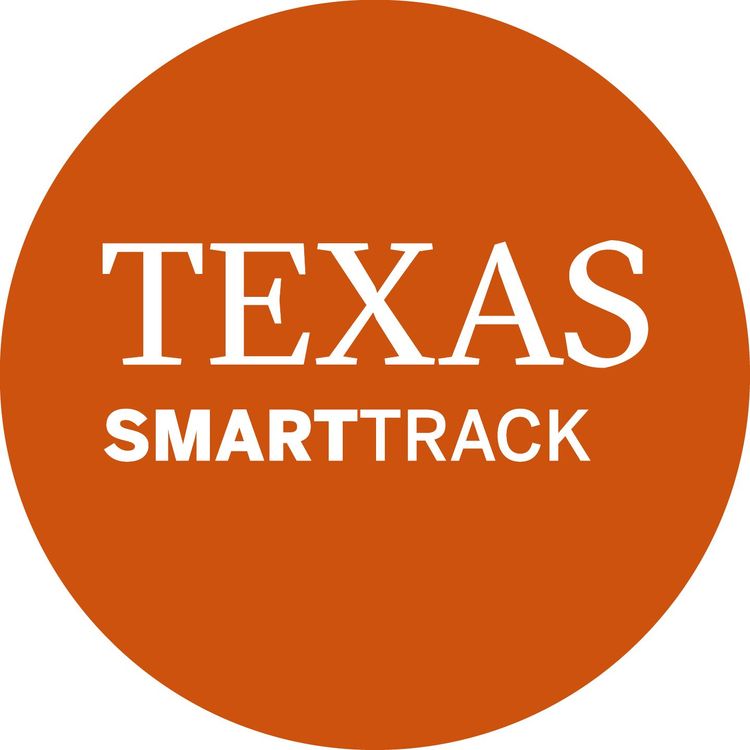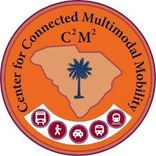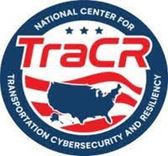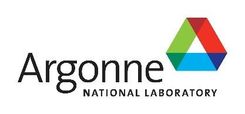Texas SMARTTrack
Texas SMARTTrack (Safety, Mobility, and Autonomy Research and Testing - TST) is a three-tiered testing facility. Tiers 1 and 2 will be located on the UT Austin Pickle Research Center campus. Tier 3 is an open test bed on public roadways in Austin. This world-class proving ground will bring transportation agencies, university researchers, and private industry together to improve traffic safety, operations and management through smart transportation infrastructure and automated vehicles. TST will provide a safe and controlled proving ground to test emerging technologies and serve as a regional certification center to develop standards. This demonstration allows participants to learn more about TST. The 3D simulator in today's demo lets you virtually experience driving Tier 1 of TST.









